Considered the second biggest festival after the Lunar New Year, the Doan Ngo Festival – also known as the “insect extermination” festival – not only represents the desire for a bountiful harvest, but is also a sacred occasion for reunion, where descendants, no matter how far away, still return to reunite. After the solemn worship ceremony, there is the custom of “insect extermination” with traditional dishes such as sticky rice wine, sticky rice, grilled fish, sour fruits, etc., expressing the harmony between humans and nature and the belief in a healthy and peaceful life.
The Tay people usually prepare to celebrate Tet Doan Ngo from the 4th day of the 5th lunar month. Grilled fish, sticky rice, fruits and nail dye are indispensable things on this day so they need to be prepared in advance. |
Every year, at dawn on the 5th day of the 5th lunar month, the small kitchen of Nguyen Thi Thuyet's family (58 years old), a Tay ethnic in Chang village, Phuong Do commune, is lit up early. Amidst the billowing smoke from the wood stove and the glowing red embers, her hands quickly turn over each grilled fish, steamed sticky rice, and prepare the ancestral offerings for the Doan Ngo Festival. Not only is it a ceremony to kill insects and pray for a good harvest, the Doan Ngo Festival is also a symbol of reunion, where traditional cultural values are preserved and passed down through generations. |
Nail dyeing on the occasion of the Duanwu Festival is a tradition passed down from generation to generation among the Tay people. After preparing all the necessary items for the day of killing insects, women in the house often spend time picking water-ball tree leaves, turmeric roots, etc. to make nail dye. The Tay people in Phuong Do call the water-ball tree “sì pung” and believe that when picking flowers to wrap and dye your hands, you must avoid letting a rooster see them, because if a rooster sees them, when wrapping your hands, the color will no longer be red. The color of the water-ball flower is more durable than nail polish, and it takes 4-5 months for it to fade. The only way is to wait for your nails to grow back and then cut them. |
Usually, adults will dye 1 or 2 fingers on their hands or their big toes, but children are very excited about this custom. Each child wants to dye all ten fingers, sometimes even all ten toes. Even newborn babies have their nails dyed, the remaining bundle of dye will be tied to the baby's feet so that the next day the whole tiny foot will be dyed red for luck and safety. |
Five-color sticky rice is indispensable in the Tay people's Doan Ngo festival. The hot, steaming pots of sticky rice are the result of careful preparation from the previous day, demonstrating the Tay people's ingenuity, meticulousness and respect for their ancestors and heaven and earth. |
Early in the morning of May 5, after the whole family woke up, grilled fish, sticky rice, and fruit were displayed. The fish were Bong fish and Carp, divided into hand-sized pieces, marinated with galangal, me, turmeric, and mac khen to remove the fishy smell, then grilled over charcoal until cooked evenly and fragrant. |
Each piece of fragrant grilled fish is torn into bite-sized pieces and displayed on a tray, next to it are beautiful packages of five-color sticky rice. The center will be a fruit plate with all kinds of typical fruits of this season such as plums, peaches, lychees... Since ancient times, the concept of the dishes in the 5.5 breakfast is a medicine, to start the meal, everyone will share the fruit first, then take turns eating sticky rice and fish. |
On this day, in addition to the meaning of eliminating insects and making the crops flourish, herbalists can pass on their skills to their children, grandchildren, students, or everyone can "examine trees" so that the fruits will bear more flowers and fruits. A unique custom that few people know about on the Duanwu Festival in the countryside is "examining trees" or "beating trees". People use a knife to lightly tap the roots of fruit trees that bear little fruit or are diseased, while chatting as if asking if the trees want to bear fruit. This custom expresses the wish for the trees to bear fruit and for a bountiful harvest. |
PHOTO REPORT: NGUYEN YEM
Source: https://baohagiang.vn/van-hoa/202506/am-ap-tet-doan-ngo-trong-nep-nha-nguoi-tay-2247e42/


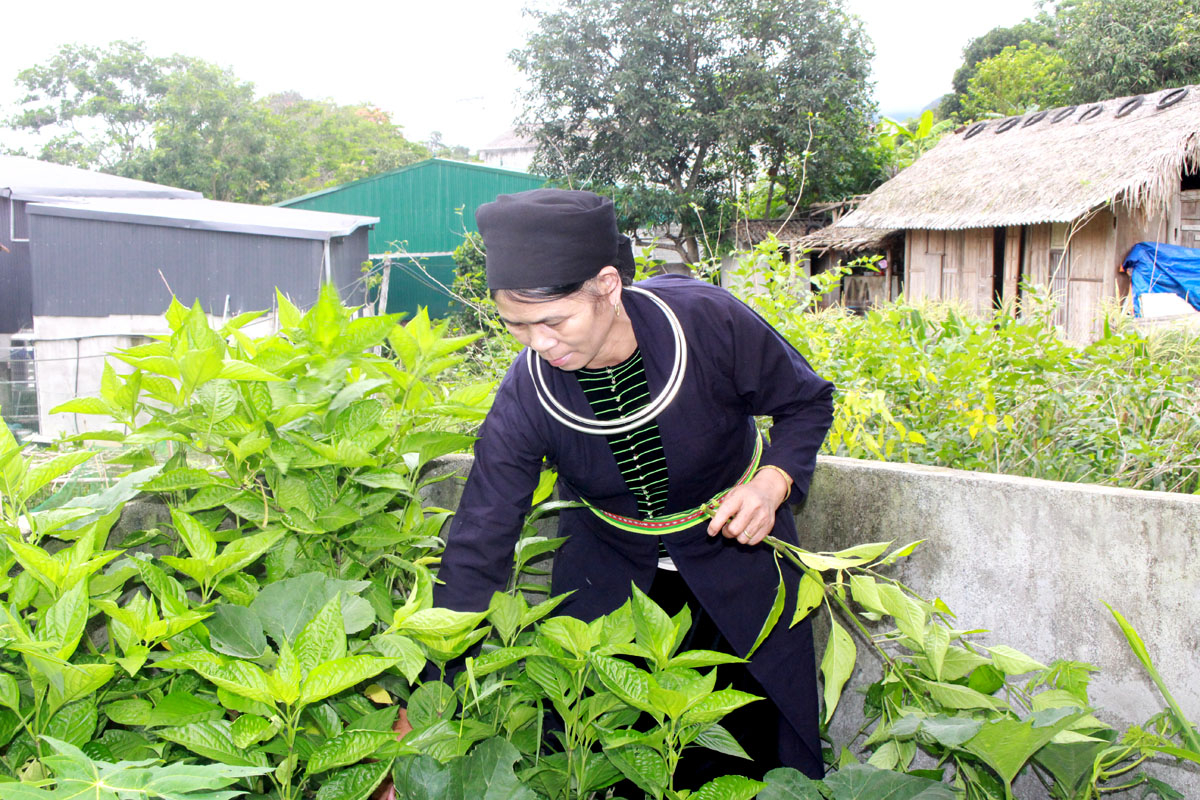
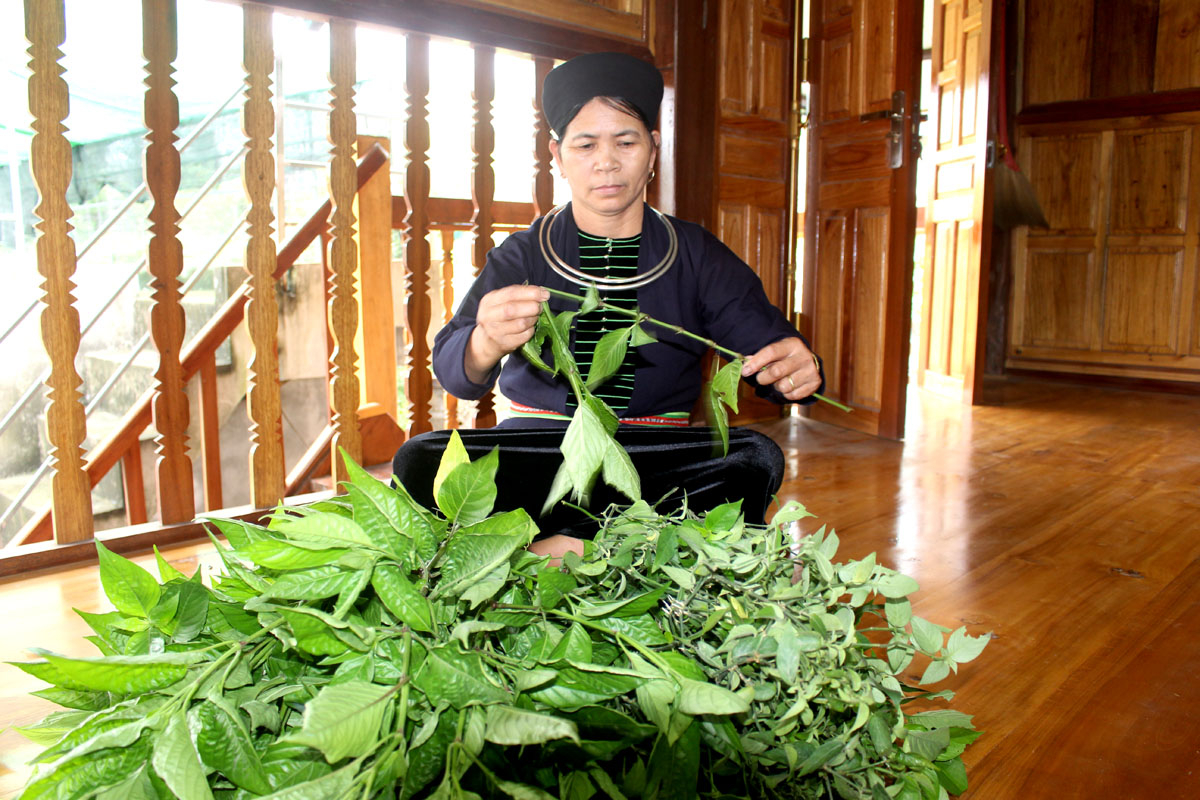

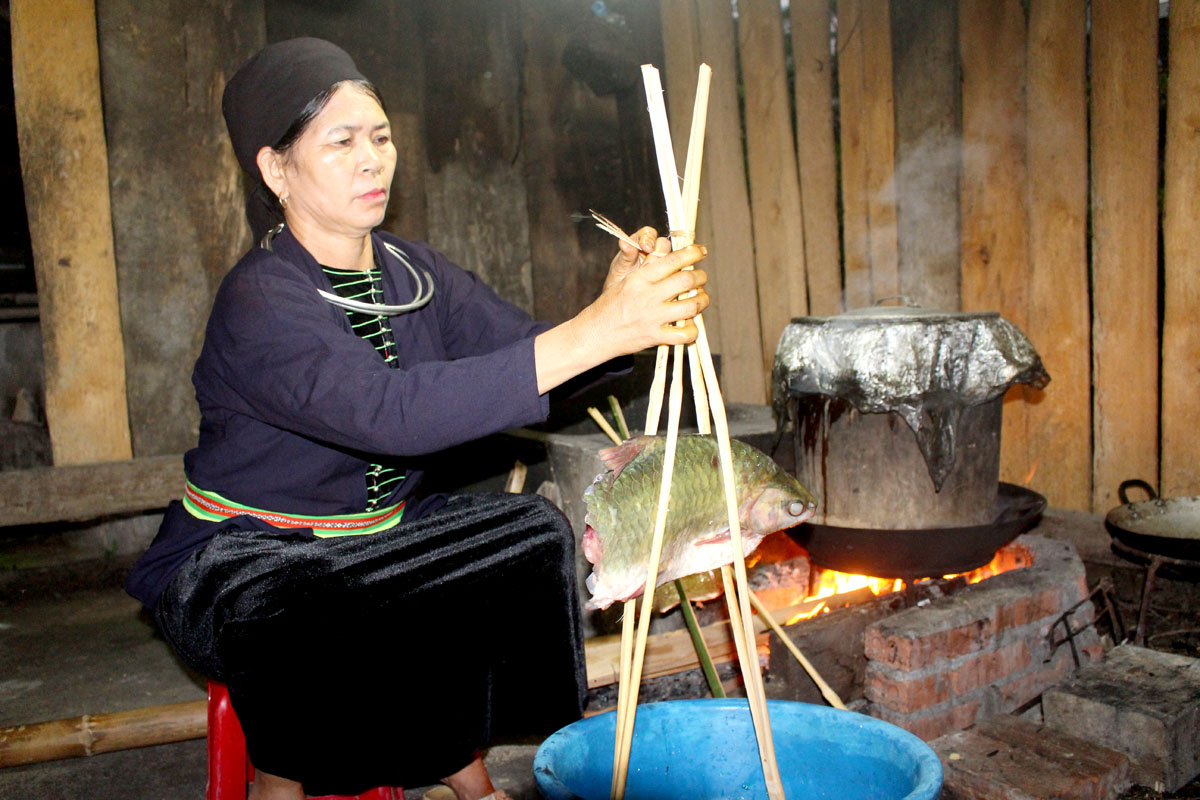
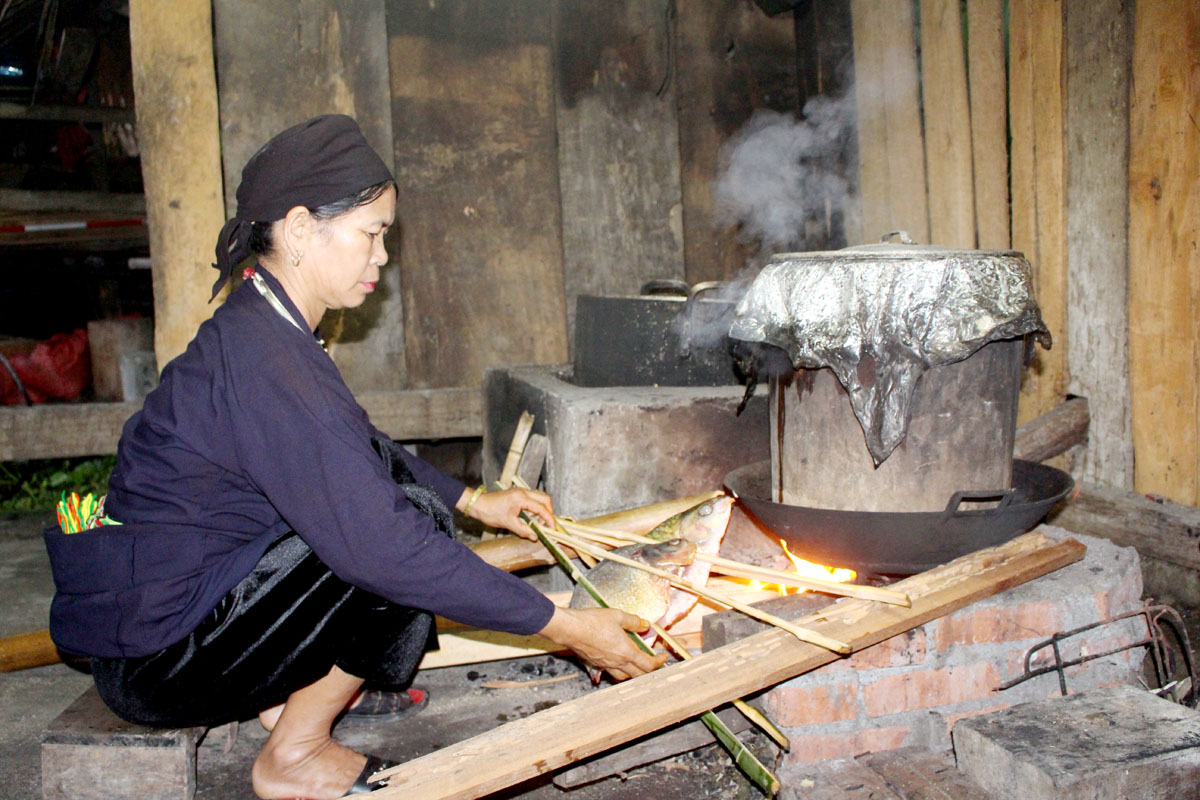
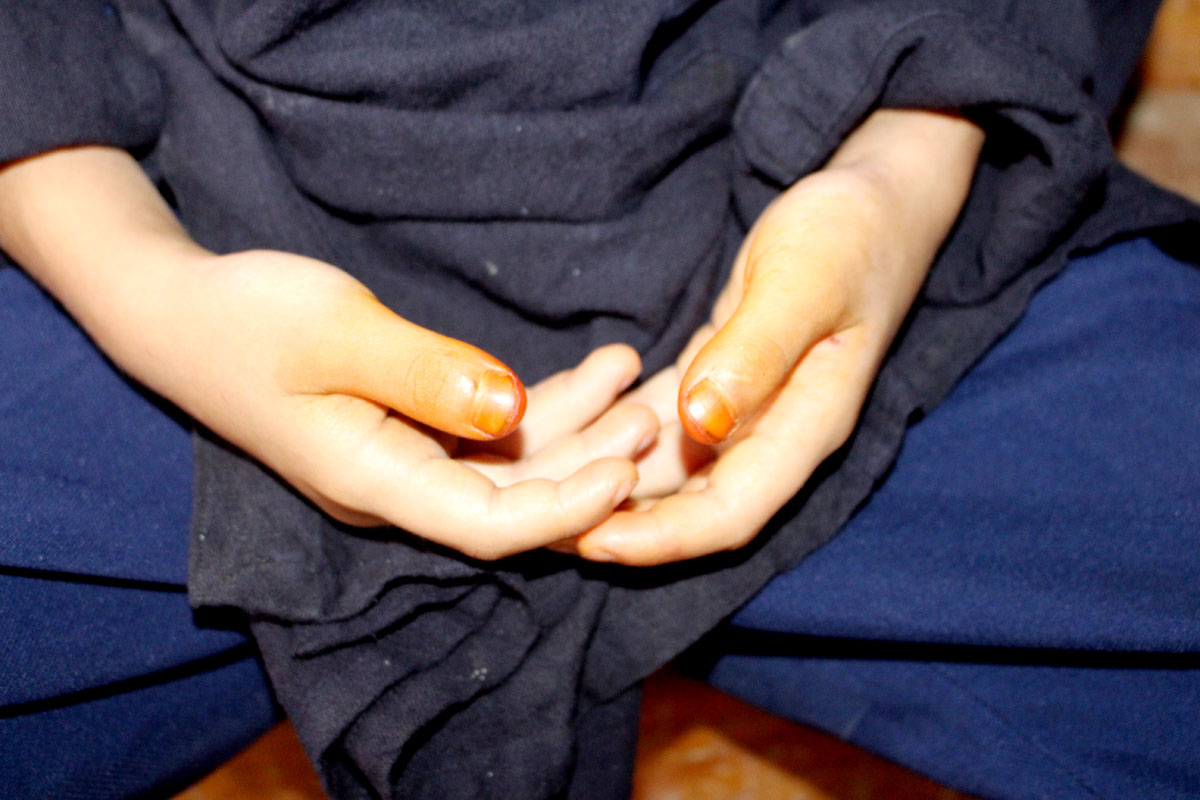
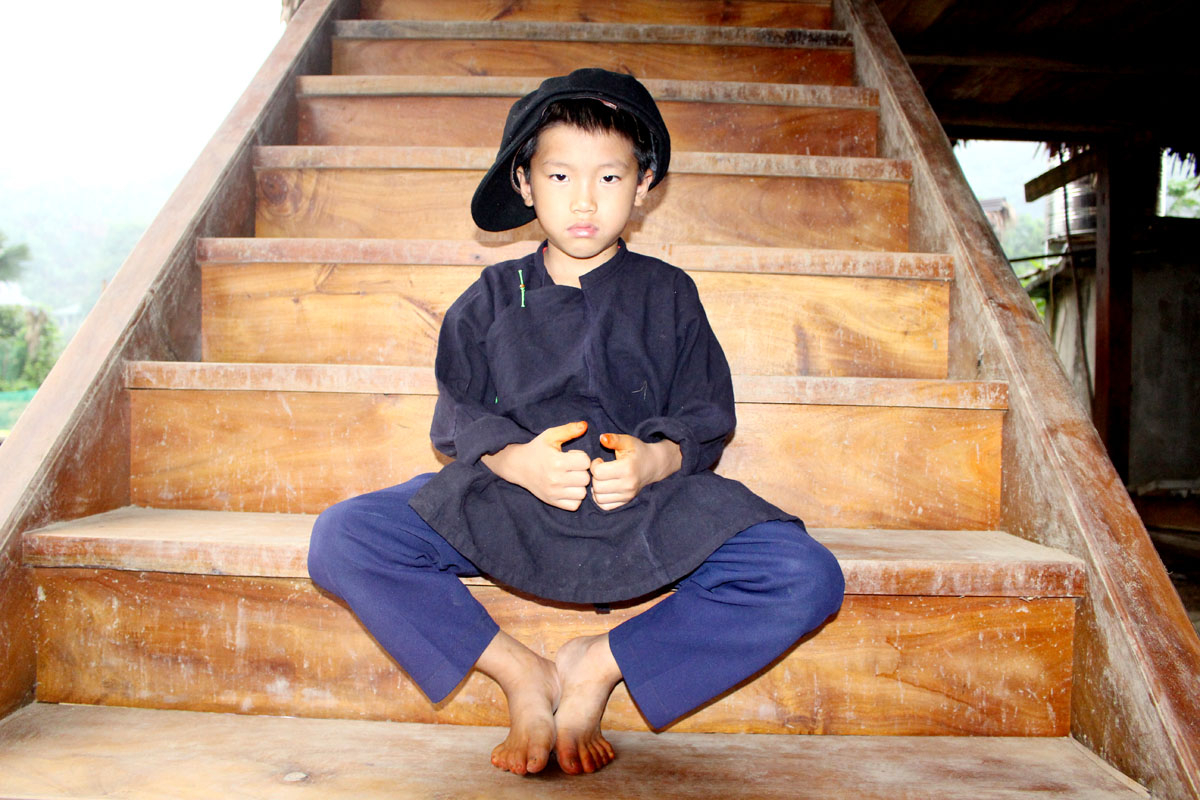
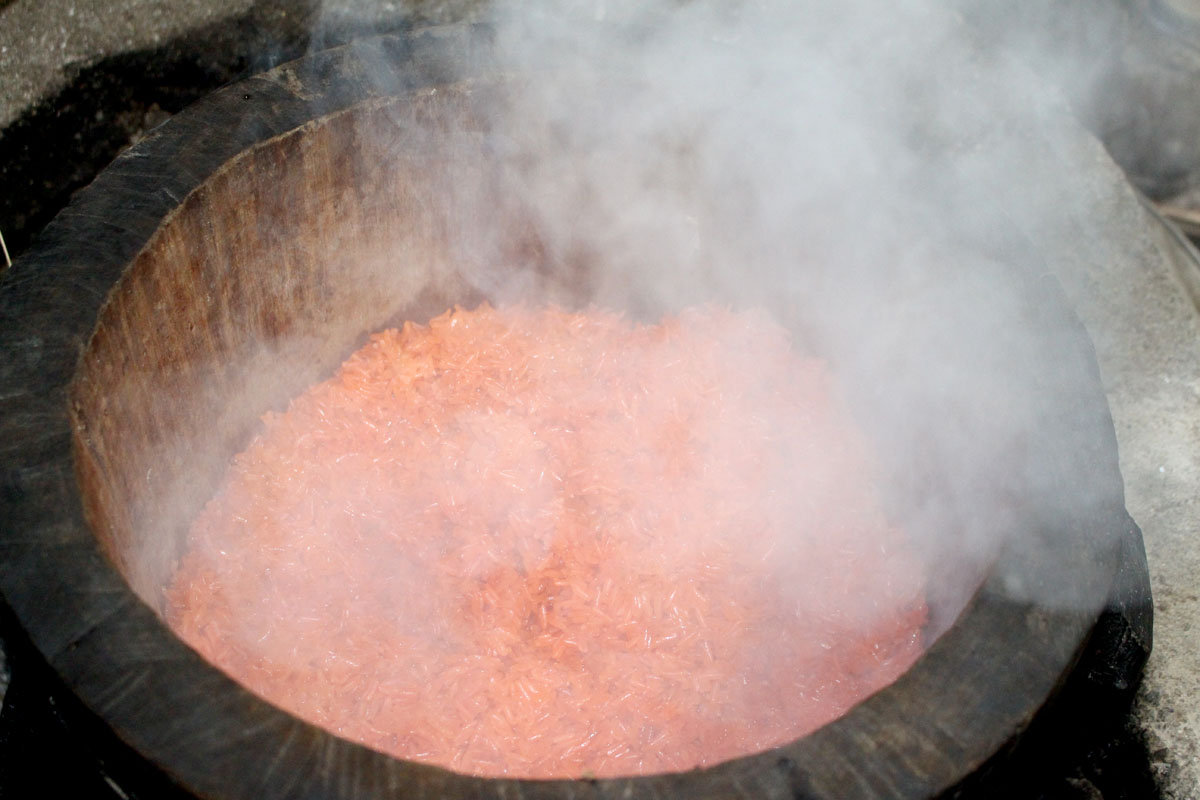
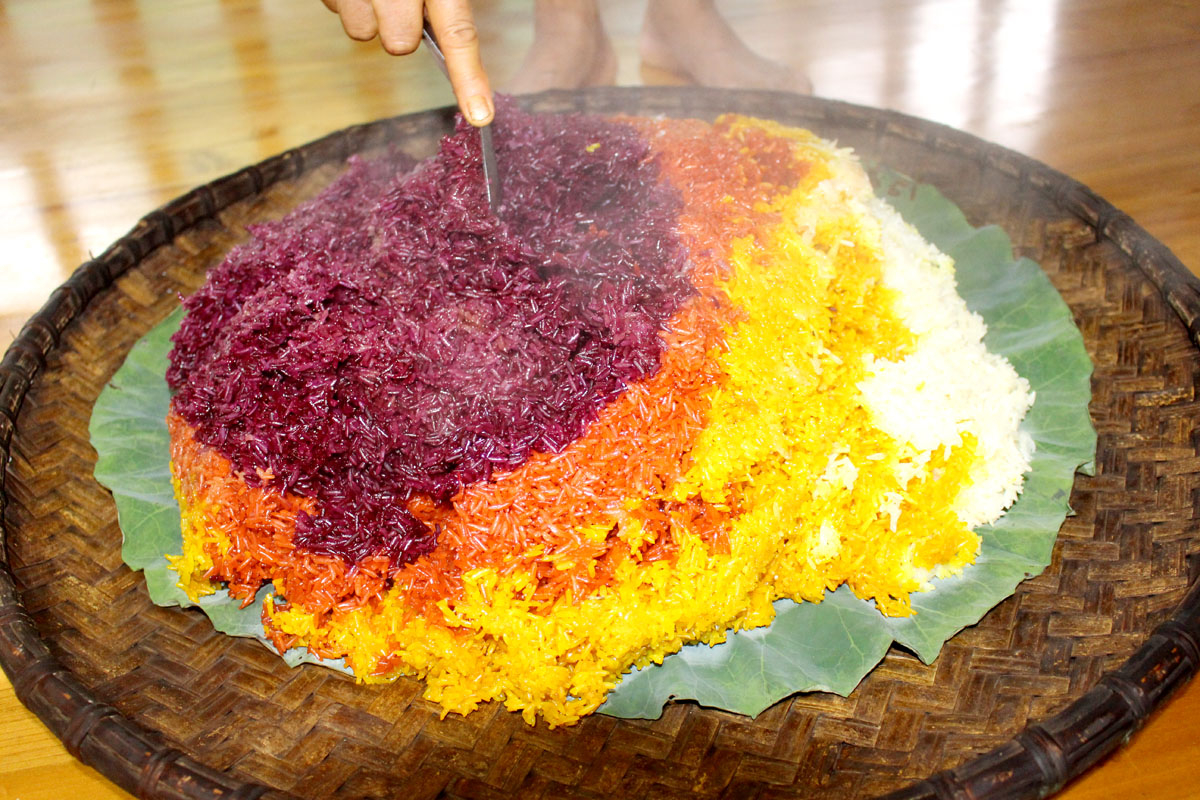
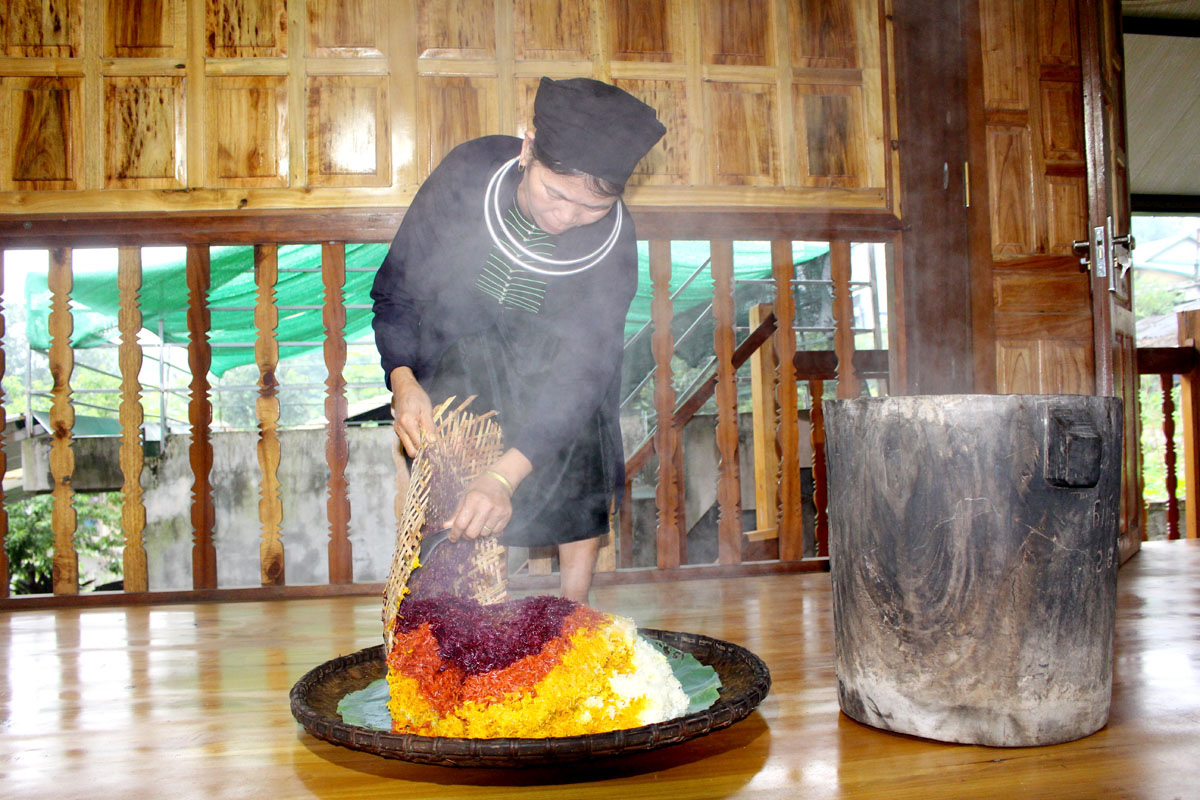
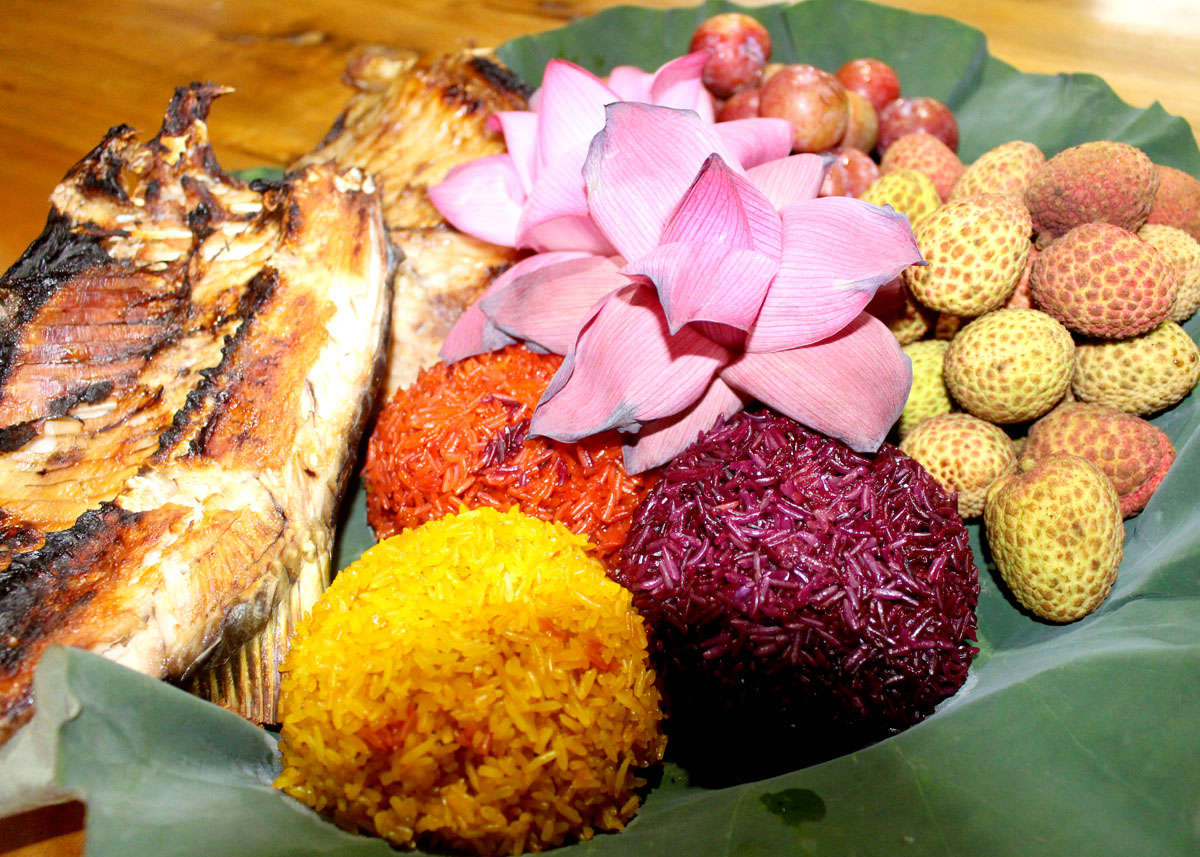
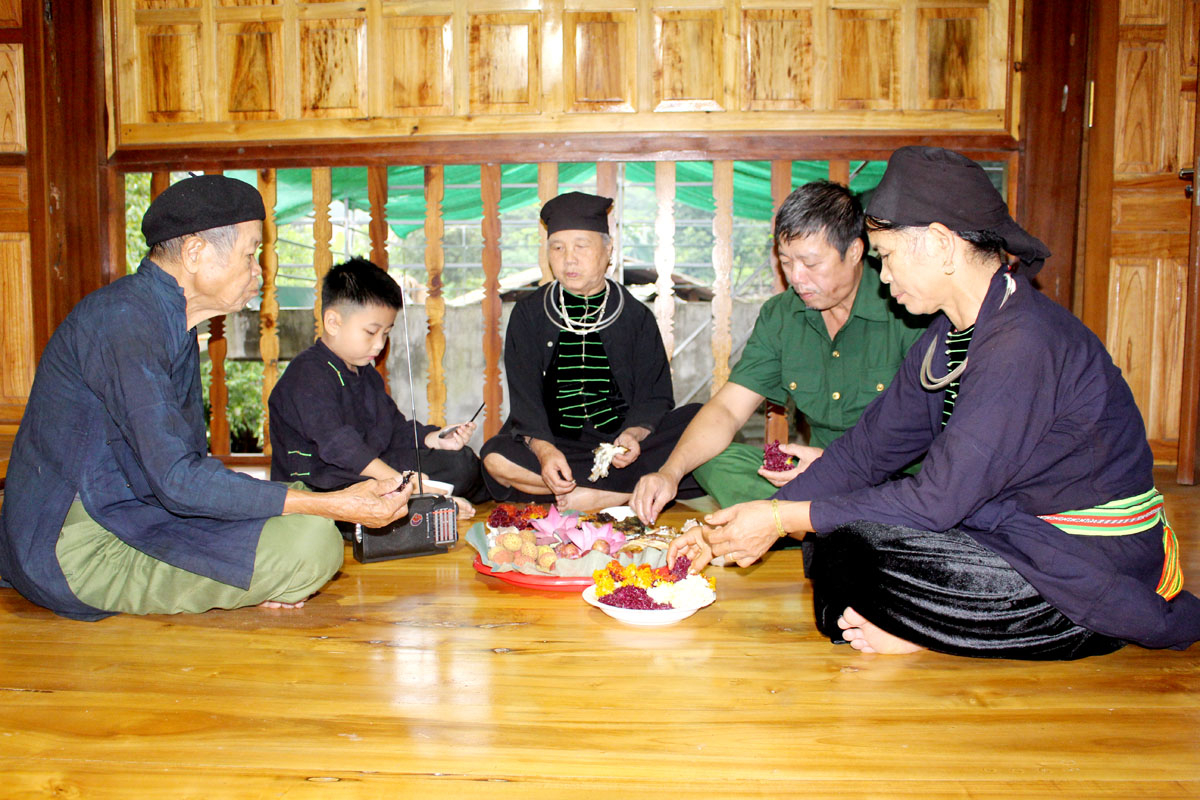
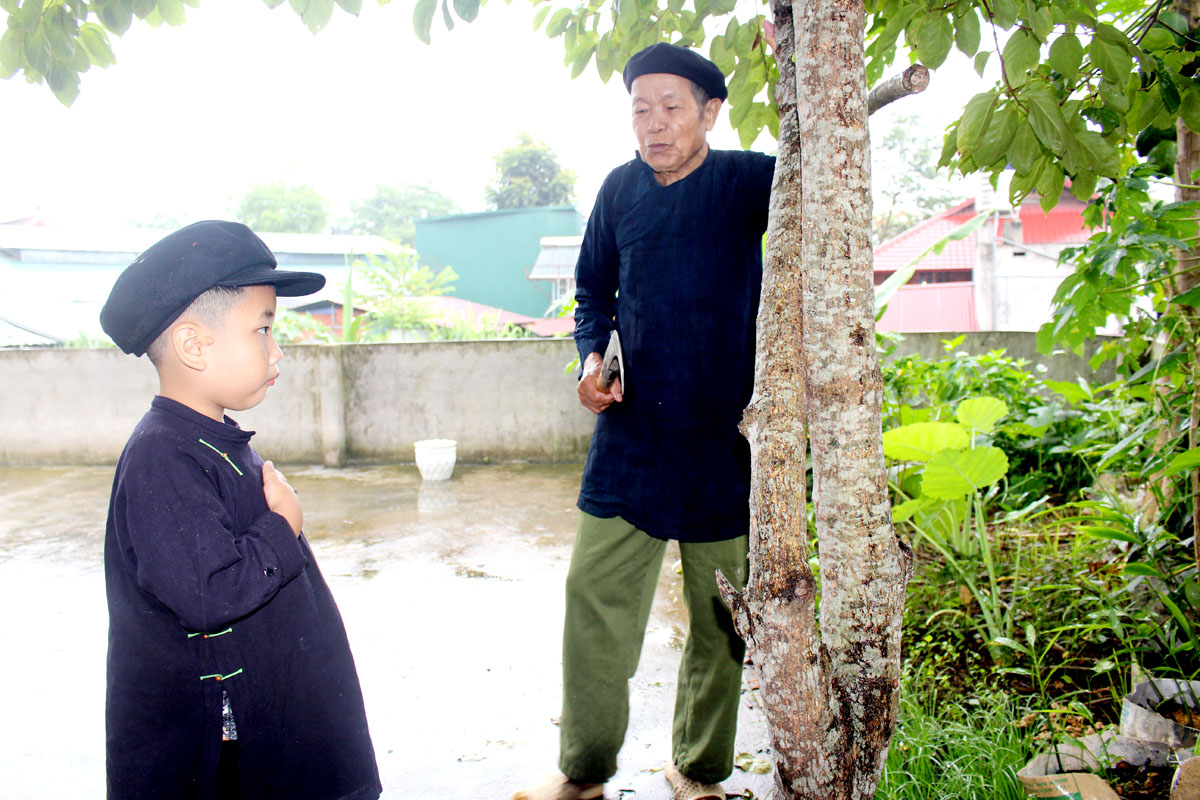











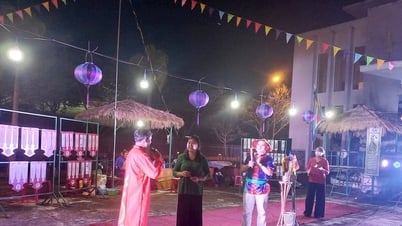










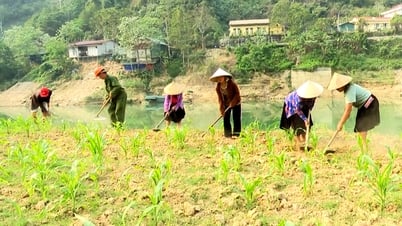


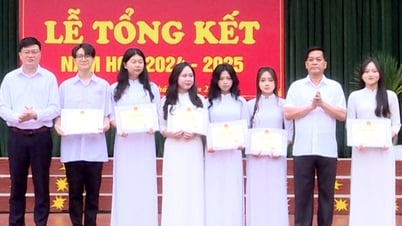
















































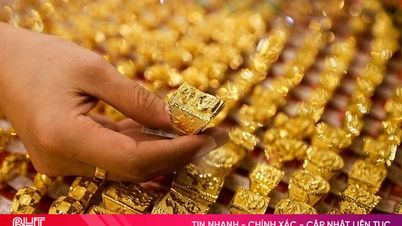

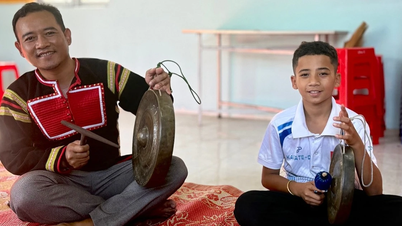

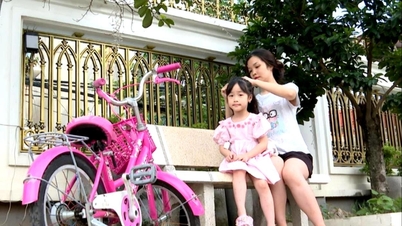
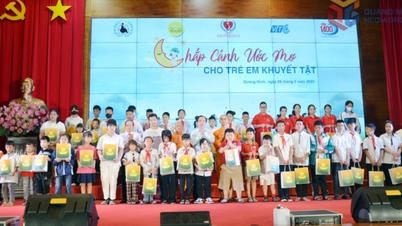













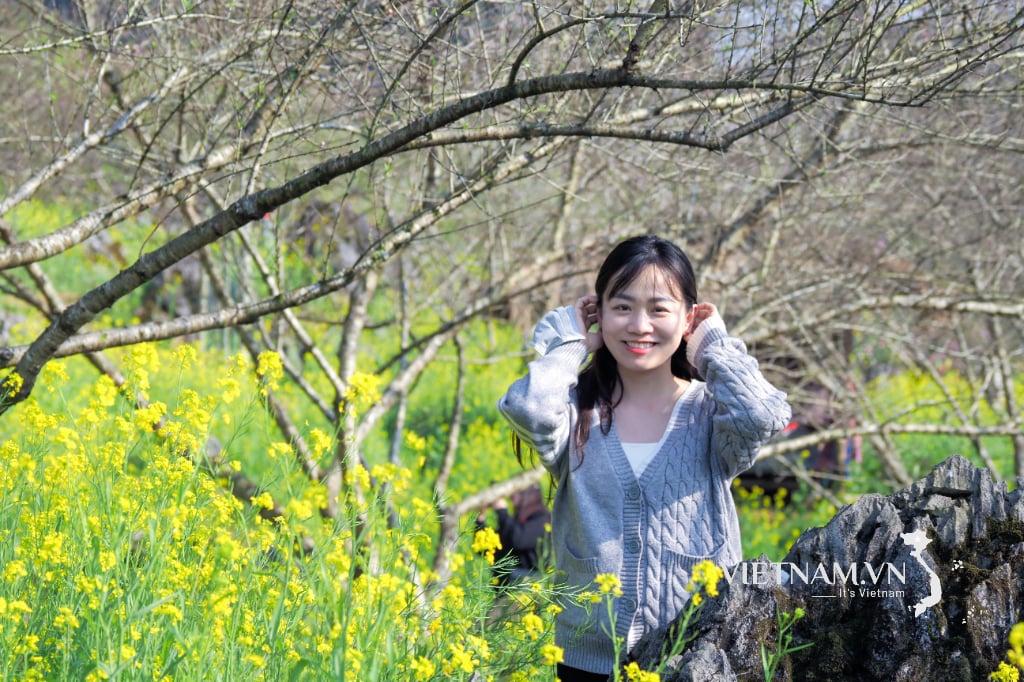

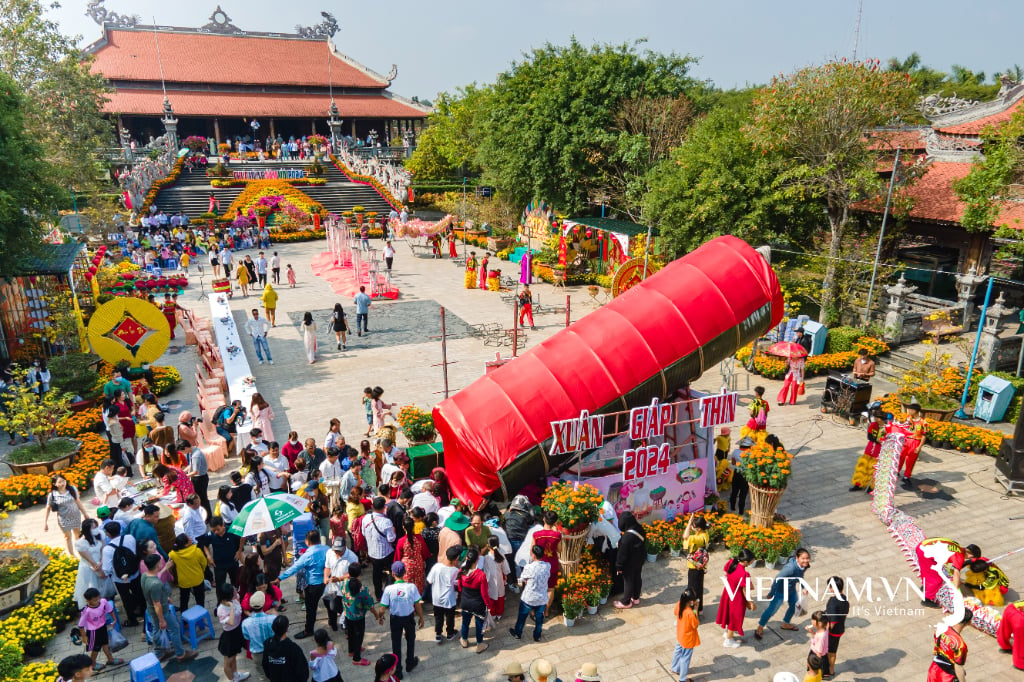
Comment (0)